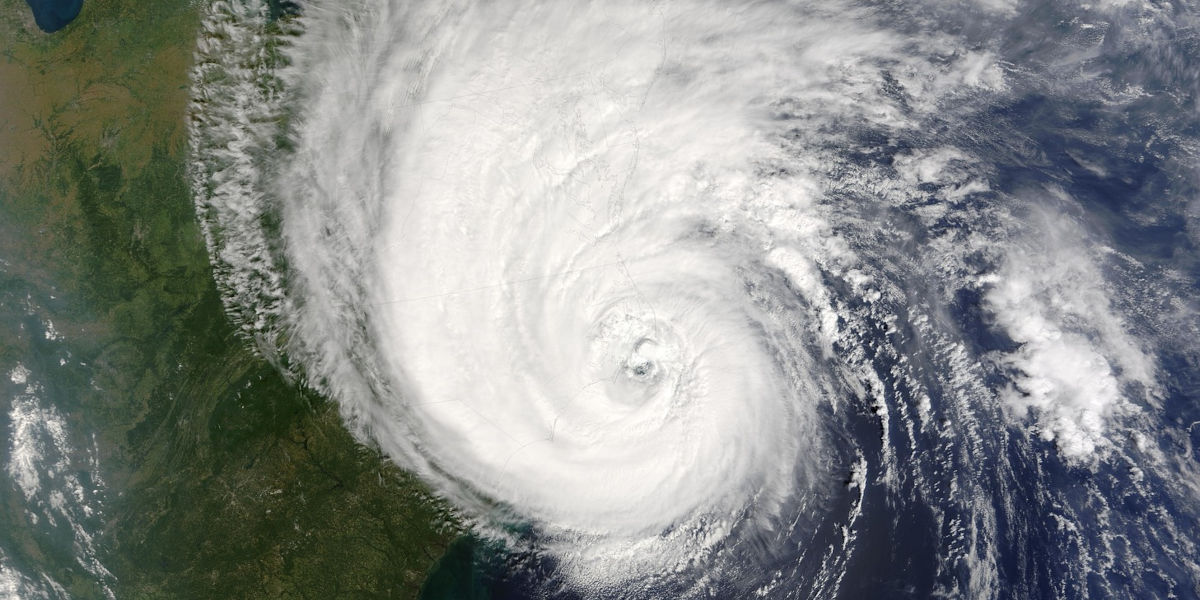Firstly, I would like to welcome you all to this informative article, 'Inside the Eye of the Storm: What Causes Hurricanes and Their Devastating Power'. With our world experiencing more and more extreme weather events each year, it's important to have a grasp on the science behind these phenomenons. Today, we'll navigate the tempestuous topic of hurricanes, their causes, and the incredible forces they release. So, get ready for a deep dive into the eye of the storm.
What Causes Hurricanes?
Let's start with the basics. So, what causes hurricanes? Hurricanes, also referred to as tropical cyclones, typhoons, or cyclones, depending on geographical location, are essentially vast storm systems characterized by strong winds abruptly swirling around an area of low atmospheric pressure, known as the 'eye'. But the formation of these massive, swirling tempests doesn’t just pop out of nowhere. There are several atmospheric and oceanic conditions which must be perfectly aligned to give birth to these long-lived storms.
First and foremost, hurricanes thrive on warm ocean surface temperatures. Typically, a sea surface temperature of at least 80°F (26.5°C) is the mojo that kick-starts the hurricane’s formation process. These warm, humid conditions promote the evaporation of sea water, providing the hurricane with its primary source of fuel - water vapor.
Understanding Atmospheric Conditions
Now that we've discussed the need for warm ocean temperatures, let's delve into the specifics of understanding the atmospheric conditions conducive for a hurricane's development.
In essence, for a hurricane to form, the atmosphere must not only create the right conditions but also maintain these conditions for a long period. To begin, a disturbance in the atmosphere is necessary. This disturbance can be created by a number of conditions such as a thunderstorm or a group of thunderstorms. This then disrupts the atmospheric equilibrium, paving the way for potential hurricane formation.
Adequate Coriolis force is another major element in hurricane development. Named after the French mathematician Gaspard-Gustave de Coriolis, this force is essential in providing the spin that characterizes hurricane systems. Without a sufficient Coriolis effect, the storm system would lack the classic, closed-circular flow and instead, the system would disintegrate into a squall line.
The Biggest Hurricanes in History
Having established an understanding of what causes hurricanes and the atmospheric conditions needed for their sustenance, let's turn our attention to some of the biggest hurricanes in history. Here, 'biggest' may refer to various aspects of a hurricane – it could mean the most intense, the largest in size, the costliest, or even the deadliest.
In the previous segments, we discussed the formation of hurricanes and their initial stages. Nevertheless, the cyclone's life cycle extends far beyond its birth. Today, we will delve into the eye of the storm and uncover the origins of its devastating power.
The Eye of the Storm
The 'eye' of a hurricane is often depicted as a calm, hollow center amidst the raging torrents of wind and water. However, this area is not as serene as often depicted. Although it is comparatively tranquil with weak winds and clear skies, this is due to inward-spiraling winds becoming vertical and slowing down, essentially turning the eye into a cocoon of calm. The eye of a hurricane typically measures around 20 to 40 miles across.
The walls of the eye, however, present a stark contrast. The eye wall is a ring formed around the eye, where the storm's power is at its peak. This is where the highest wind speeds are recorded, bulk of the cloud formations exist, and intense rainfall occurs. The forcefulness exhibited by hurricanes is predominantly the product of condensation in these cloud-filled eye walls.
What Powers a Hurricane?
Now that we know about the structure of a hurricane, let's explore what charges them with such destructive energy. As discussed before, hurricanes originate from tropical storms occurring over warm ocean waters. The upper layers of these waters, heated by the sun, create an environment of high humidity and temperature. This setting causes the surface water to evaporate, forming clusters of thunderstorm clouds—the birthplace of hurricanes.
As the warm, moist air rises in these thunderstorms, it leaves behind a lower pressure area beneath it. Nature, which is inclined towards balance, attempts to fill this gap with surrounding air, commencing the spiraling wind patterns of a hurricane. The secret to a hurricane's power is this cyclic process—heat absorption from the ocean, air uplift, condensation in the eye wall, and the release of latent heat energy. This energy not only sustains the hurricane but intensifies it.
The Aftermath of a Hurricane
The destructive capability of hurricanes is awe-inspiring and terrifying. Storm surges caused by hurricane winds are usually the most harmful aspect of hurricanes, causing severe flooding in coastal areas. The high-speed winds can flatten infrastructure, turn debris into projectiles, and disrupt human life catastrophically. The heavy rainfall can lead to inland flooding, while the hurricane-force winds can produce dangerous tornadoes. Understanding the formation and power of hurricanes is crucial in predicting their pathways and potential impacts, ultimately helping to save lives and reduce damage.
In conclusion, hurricanes are incredibly complex meteorological phenomena powered by a simple yet potent natural process. Their potential for destruction should never be underestimated, reinforcing the importance of research and forecasting in mitigating impacts. As our climate changes, understanding the mechanics of hurricanes becomes even more pivotal, reminding us that while we have come far in our understanding, there’s much left to uncover in the eye of the storm.




